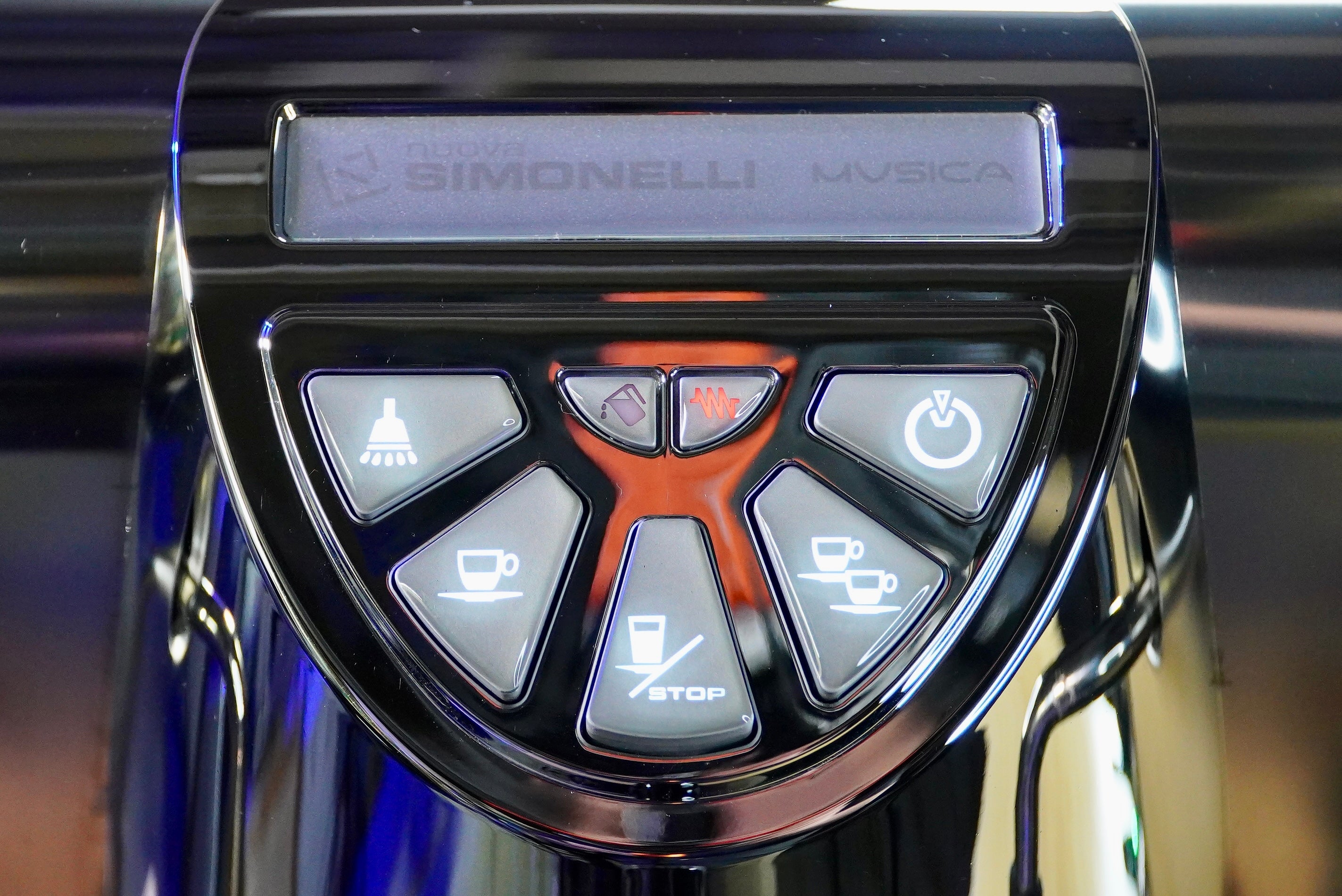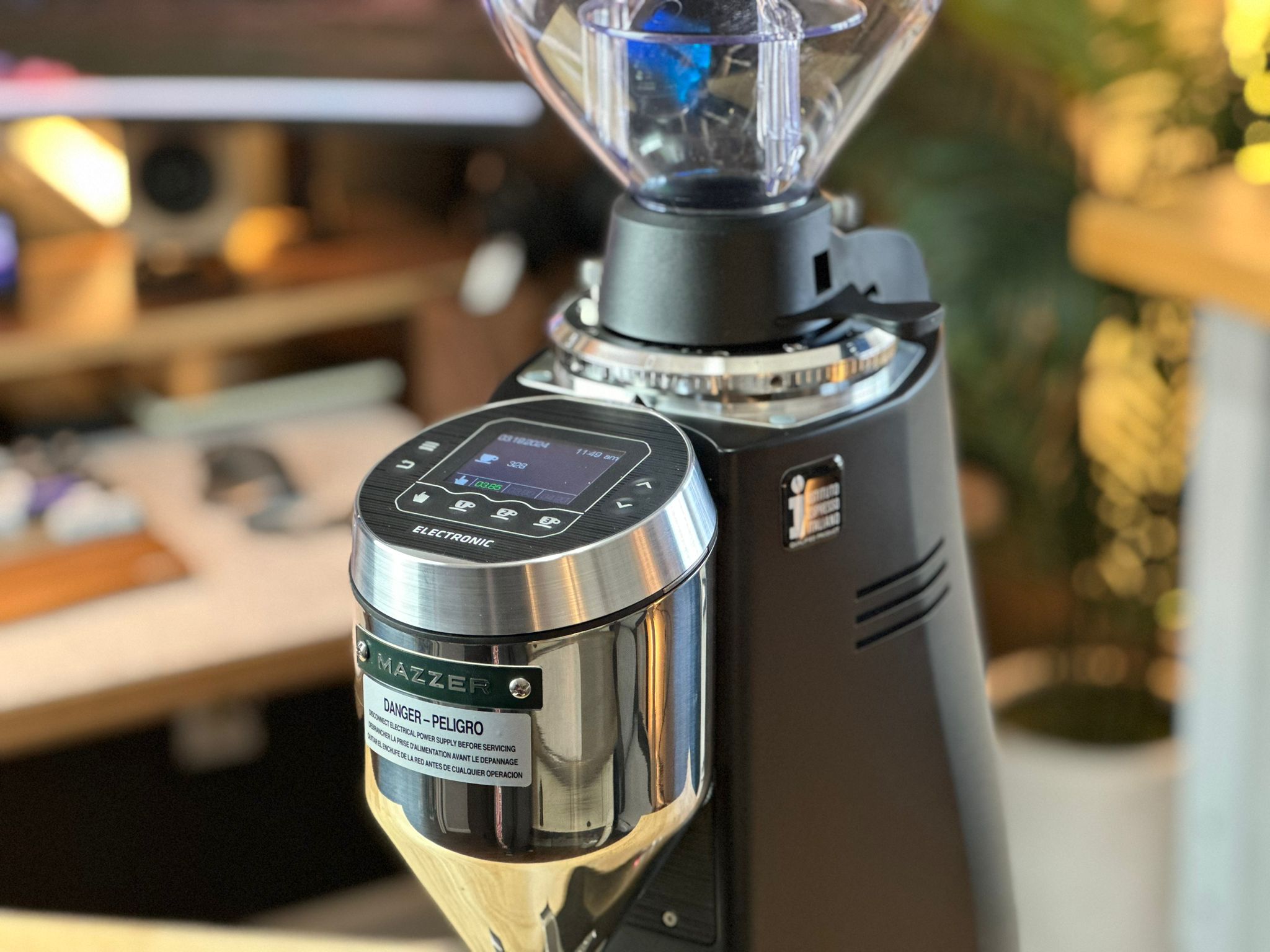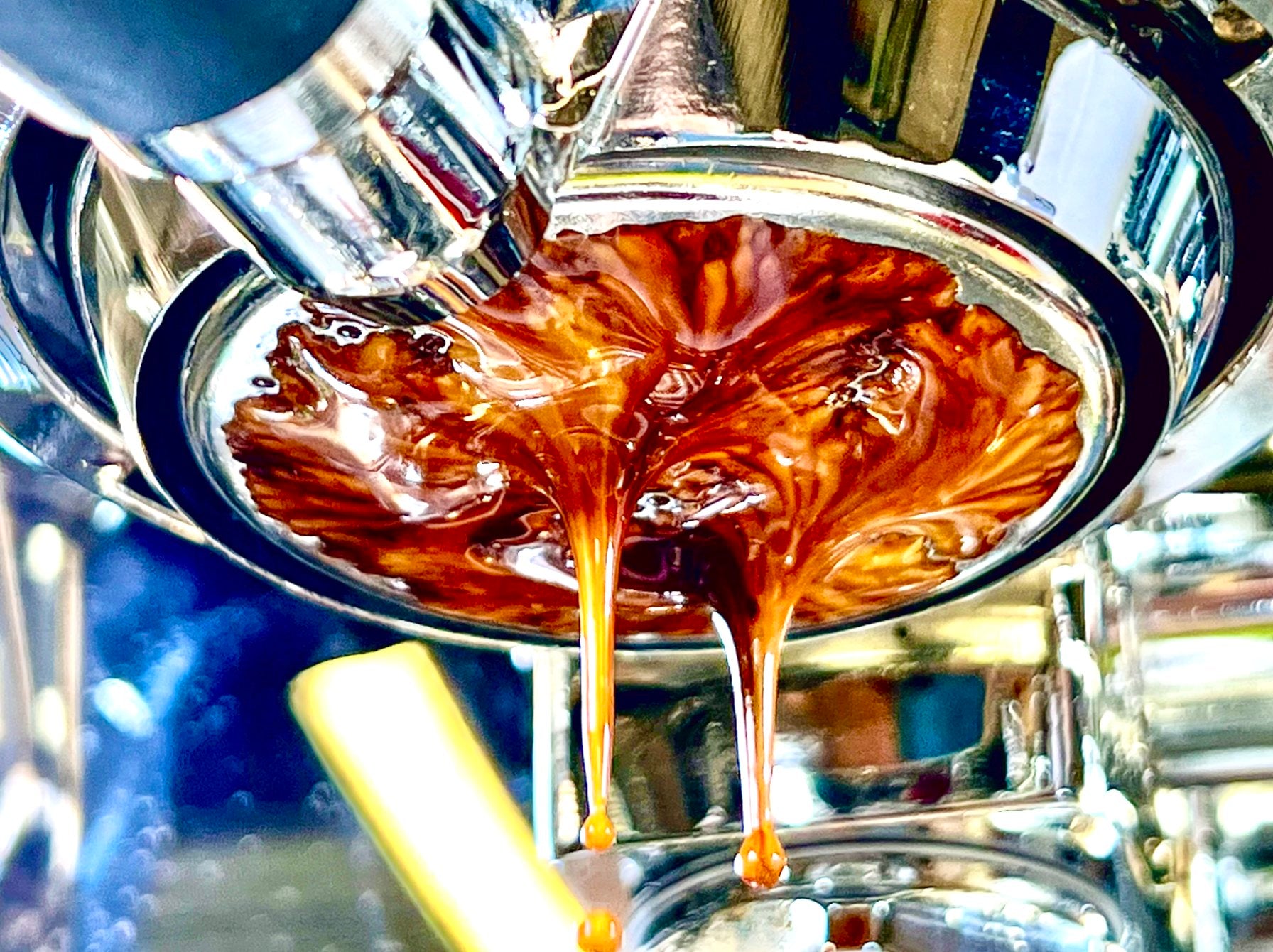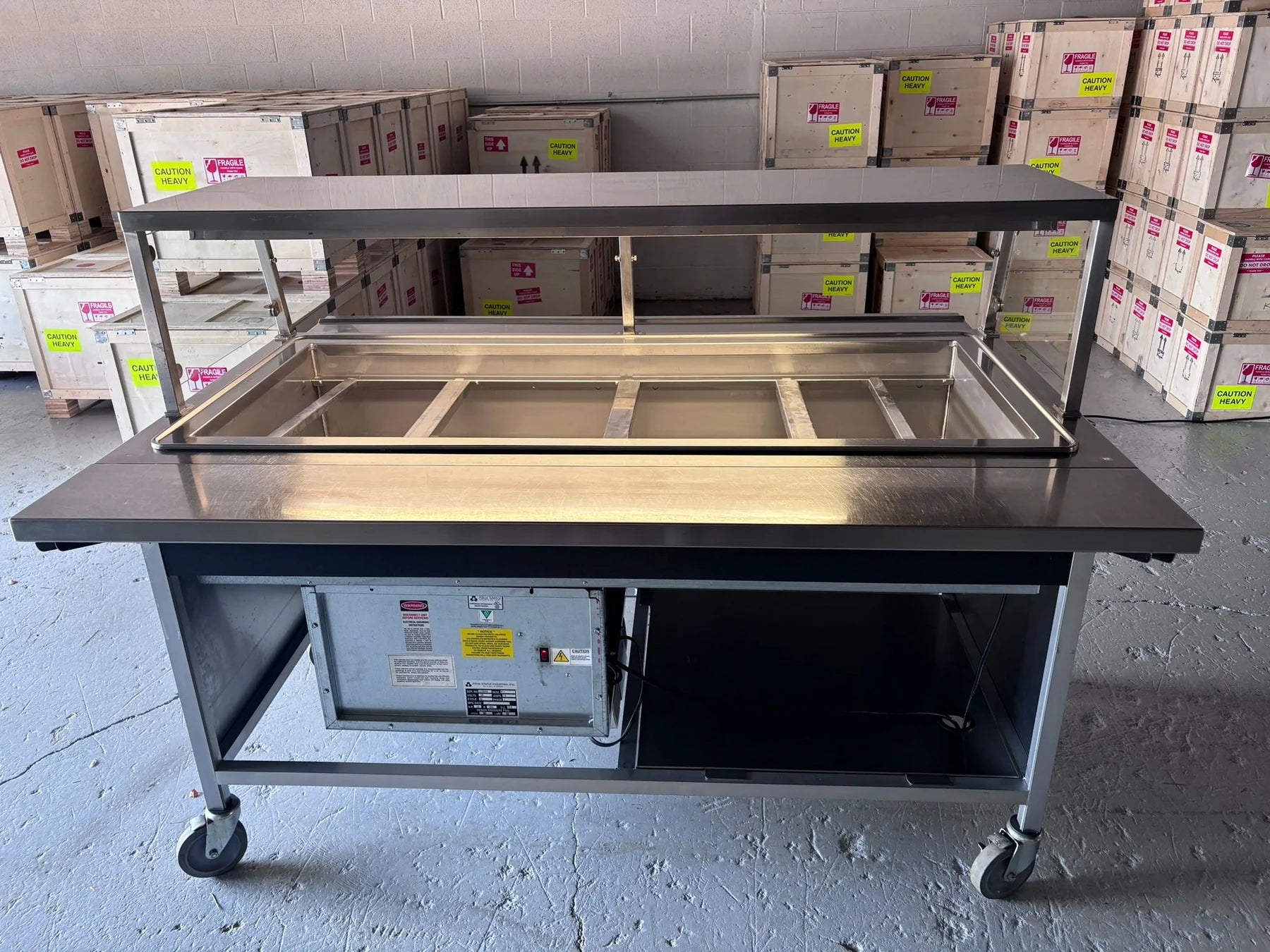The Science of Static Electricity in Coffee Grinding and How to Minimize It: Insights and Solutions
Abstract: Static electricity is a well-known issue in coffee grinding, often leading to inconsistent dosing, mess, and wastage as grounds stick to various surfaces of the grinder and the dosing container. This article explores the causes of static buildup during grinding, the factors that influence its severity, and how coffee grinders with advanced features like plasma generators, such as the Turin DF64 Gen 2, address the issue. We will also review techniques for mitigating static electricity in conventional grinders, comparing them to newer, technology-driven solutions.
1. Introduction
Coffee grinding is a critical step in the brewing process, influencing the flavor, aroma, and quality of the final cup. However, static electricity can introduce complications, particularly in home and commercial grinders. Static causes coffee particles, especially fines, to cling to the grinder's surfaces and the grounds receptacle, making it difficult to manage consistent dosing and creating a mess. Understanding the nature of static electricity, how it forms, and how to counteract it can improve both the user experience and the consistency of ground coffee.
2. The Science Behind Static Electricity in Coffee Grinding
Static electricity results from an imbalance between positive and negative charges on the surfaces of materials. When two different materials come into contact and are then separated, electrons may transfer between them. One material becomes positively charged, while the other becomes negatively charged. The key factors contributing to static electricity during coffee grinding include:
- Material Differences: Coffee beans and the grinder’s components (such as plastic, glass, or metal) can develop significant charge imbalances due to their different tendencies to gain or lose electrons.
- Friction: As coffee beans are ground, friction between the beans, burrs, and grinder housing creates charge imbalances. According to Coulomb’s Law, these imbalanced charges result in an electrostatic force that causes fine particles to cling to grinder surfaces.
- Low Humidity: Static buildup is more severe in dry conditions. Relative humidity below 40% exacerbates static problems, as dry air is a poor conductor of electricity, preventing charge dissipation.¹
Table 1: Common Contributing Factors to Static Buildup in Coffee Grinding
| Factor | Description |
|---|---|
| Material Differences | Coffee beans, plastics, and metals interact and develop charge imbalances. |
| Friction | High-speed grinding creates friction between particles and grinder surfaces. |
| Low Humidity | Dry air allows static charges to accumulate without dissipation. |
| Grind Speed | Faster grinders increase friction and static potential due to higher kinetic energy. |
3. Impact of Static Electricity on Coffee Grinding
Static electricity affects both the user experience and the quality of ground coffee in several ways:
- Inconsistent Dosing: Grounds that cling to the grinder walls or the collection container may lead to under- or overdosing. This inconsistency can negatively impact the coffee’s flavor due to improper coffee-to-water ratios.
- Mess: Static causes coffee grounds to stick to the grinder’s chute, burrs, and external surfaces, leading to waste and the need for frequent cleaning.
- Fines Distribution: The finest particles, or “fines,” are more susceptible to static due to their light weight and surface area. Excessive static can lead to uneven distribution of fines, affecting the extraction process and potentially leading to over-extraction or bitterness.²
4. Plasma Technology in Coffee Grinders: The Turin DF64 Gen 2
One of the latest advancements in tackling static electricity in coffee grinding is the integration of plasma generators. Plasma generators emit charged particles that neutralize static electricity by introducing ions that balance the charges on both the coffee grounds and the grinder’s surfaces.
The Turin DF64 Gen 2 is an example of a grinder that utilizes this innovative technology to reduce static electricity. Its plasma generator actively releases ions that neutralize static as coffee passes through the grinder. By eliminating the charge differential between the coffee particles and the grinder’s surfaces, the plasma generator prevents the buildup of static, resulting in:
- Less Mess: Grounds are less likely to stick to the collection container, burrs, or chute.
- Improved Dose Accuracy: The lack of clinging particles results in more consistent doses.
- Cleaner Cup: Even distribution of grounds prevents clumping and enhances extraction uniformity.
Table 2: Comparison of Static Mitigation Methods in Coffee Grinders
| Static Mitigation Method | Description | Example |
|---|---|---|
| Plasma Generators | Introduces ions to neutralize static charges, preventing buildup. | Turin DF64 Gen 2 |
| Ross Droplet Technique (RDT) | Involves spraying beans with a tiny amount of water before grinding to reduce static. | Any grinder |
| Grounding Mechanisms | Built-in grounding wires or carbon brushes that dissipate charges generated during grinding. | High-end commercial grinders |
| Humidity Control | Controlled environments with higher humidity levels to minimize static buildup. | Coffee shop grinders |
The Turin DF64 Gen 2 and similar grinders are designed for home users who value the precision and cleanliness that these features offer. As static buildup tends to be more problematic in lower-end grinders, these technological improvements represent a significant step forward in addressing the problem.
5. Conventional Methods for Reducing Static Electricity
For those without access to grinders equipped with plasma generators, several methods can be employed to minimize static electricity:
5.1 The Ross Droplet Technique (RDT)
The Ross Droplet Technique (RDT) involves lightly misting coffee beans with water before grinding. The small amount of moisture helps neutralize the charges on the surface of the beans and the grinder components.³ The advantages of RDT include:
- Improved Ground Transfer: Less static means that the grounds are transferred more evenly to the portafilter or grounds container.
- Reduced Fines Clumping: Moisture decreases the static attraction between the finer particles, leading to a more even distribution of grounds.
However, it is essential to apply only a minimal amount of water (usually one or two droplets) to avoid clogging the grinder or compromising the taste of the coffee.
5.2 Using Grounding Devices
Some grinders, particularly high-end commercial models, include grounding wires or carbon brushes designed to dissipate static charges. By providing a path for the electrical charges to escape, these grounding mechanisms effectively neutralize the buildup of static electricity during grinding.
5.3 Environmental Humidity Control
Static electricity is less prevalent in humid environments due to the conductive nature of water vapor in the air. Keeping the environment around the grinder at a higher relative humidity, generally above 40%, can significantly reduce static buildup. While this is not always practical for home users, it is a common practice in professional settings where climate-controlled environments help maintain coffee quality.
6. Conclusion
Static electricity in coffee grinding is a complex issue caused primarily by the friction between materials with differing electrical properties, combined with environmental factors like humidity. The consequences of static buildup include inconsistent dosing, uneven fines distribution, and general messiness. For years, baristas have employed techniques like the Ross Droplet Technique to mitigate static, but new technologies, such as plasma generators in grinders like the Turin DF64 Gen 2, offer a more advanced solution.
As the coffee industry continues to evolve, innovations like plasma generators and better grounding technologies may become the standard in both home and commercial grinders, offering coffee enthusiasts and professionals alike a cleaner, more precise grinding experience.
References
¹ Lehman, R. J., & Fischer, S. (2014). "Influence of Humidity on Electrostatic Charge and Coffee Grinding." Journal of Applied Electrostatics, 28(3), 245-253.
² McCarthy, R. (2016). "The Role of Fines in Coffee Extraction: A Study of Particle Size and Extraction Efficiency." Beverage Technology, 15(2), 231-248.
³ Novak, J., & Trogdon, D. (2020). "Optimizing Coffee Extraction: The Role of Pre-Wetting and Grind Uniformity." Journal of Coffee Science, 35(3), 310-328.












